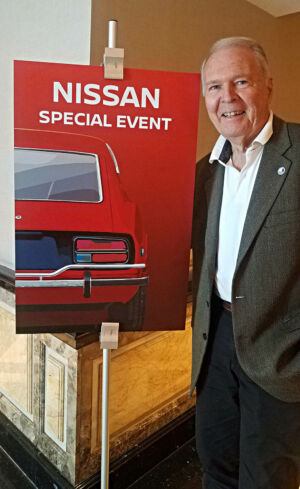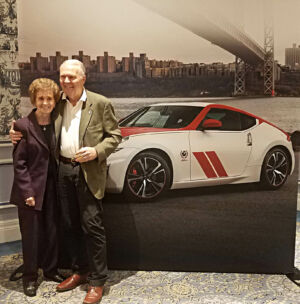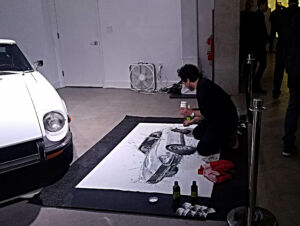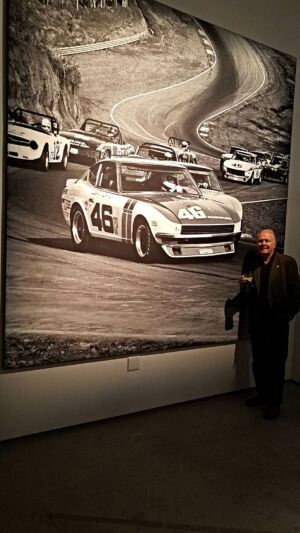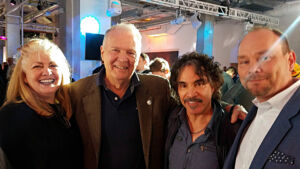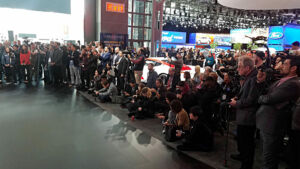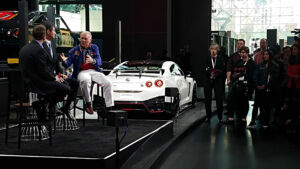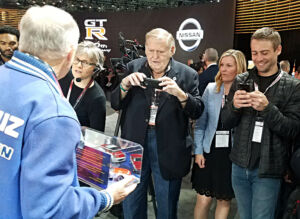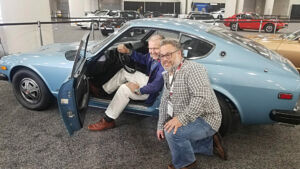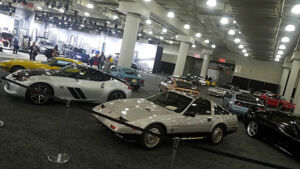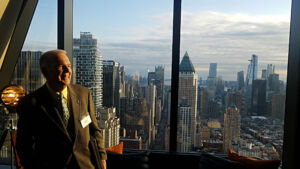Q: At the NY Auto Show this week Nissan unveiled a 50th Anniversary 370Z that paid tribute to your BRE Datsun race cars. What do you think of that?
A: I was over the moon when Nissan contacted us last year saying they wanted to pay tribute to the legacy of the BRE Datsun 240Z’s racing successes with a special limited edition 50th Anniversary Z. We have wanted Nissan to leverage our racing history for years as it adds long-term credibility to their engineering prowess. This special run of 50th anniversary Z cars with BRE inspired livery, is the highest honor Nissan could make to BRE.


Q: There has been some criticism online about the 50th Anniversary 370Z saying this design is getting outdated and there should have been a brand new design for 2020 to honor their 50th and that the livery homage to BRE is too minimal with just partial stripes and a red top with white sides.
A: Nissan doesn’t have a new generation Z for 2020 and they could have decided not to do something special for their 50th Anniversary, but that would have been a real disappointment to anyone who has owned any iteration of the Z car in this past fifty years. Not to recognize this milestone with BRE simply because they didn’t have a new Z car would ignore the value of their accomplishments and the fact that the current 370Z has been a solid car with good sales encouraging the car’s retention. Even though I have to agree the 370Z may have been around longer than anyone expected I’m still extremely happy they didn’t go that way and wait. Instead, Nissan embraced their winning heritage using BRE’s success with the first Z car as the focal point of their 50th anniversary.
When I first saw the draft images of the special edition livery I must admit I thought the design wasn’t quite bold enough to echo the BRE “look”. But those of us who focus on racing have to realize we sometimes don’t think about the considerations car manufacturers have to work within. If the car is intended to be driven on the street, it can’t be a full-on recreation of the BRE livery. That would just be too bold. I made that same decision when we created our own BRE Tribute 240Z. Instead of the red, white and blue BRE livery we made it a more subtle, street friendly, silver and white. Nissan’s design achieves the same purpose.
Q: What was it like being in NY for the unveiling of this car?
A: It was an amazing week. Nissan really rolled out the red carpet for us and they included special people like Johnnie Gable (Mr. K's longtime secretary). Other special attendees were Mad Mike, John Oates (a big GTR fan), and Tony Walker. There were special events every evening and they paid special attention to every logistic from first thing in the morning ‘till they limo’d us back to the hotel in the evening.
Nissan decided to offer a special poster marking the event and then embraced my idea of using illustrative art like I did originally at BRE for the 240Z when we won the SCCA National Championships in ’70 and ’71. I chose to use the Austrian automotive artist Klaus Wagger as I especially like his work and only had to provide minimum art direction as he seemed to know exactly what I wanted from a couple of telephone conversations. He did a spectacular job for us. Gayle did the final layout positioning the 50th anniversary text prominently to frame the art. It’s a real collector’s item!
Then, what an honor to be invited to speak at Nissan's opening press event at the show. Hundreds of media people attended and amazingly hundreds remained to get a signed poster (thereby missing other manufacturers’ press events by doing so!).
The special edition 50th Anniversary 370Z is a special honor for BRE and the week where it was presented in New York I will always remember fondly.






